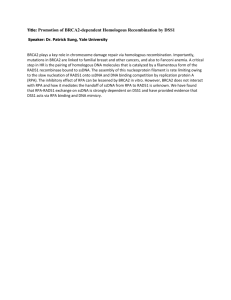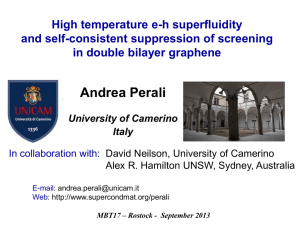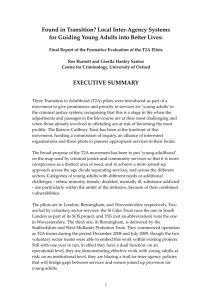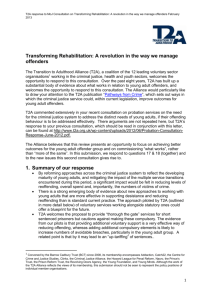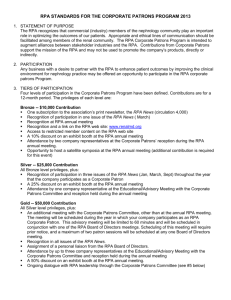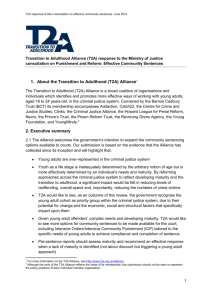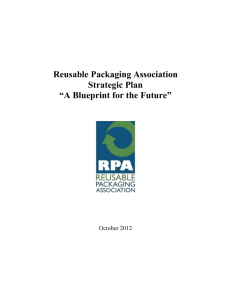EPAPS: Charged impurity scattering in bilayer
advertisement
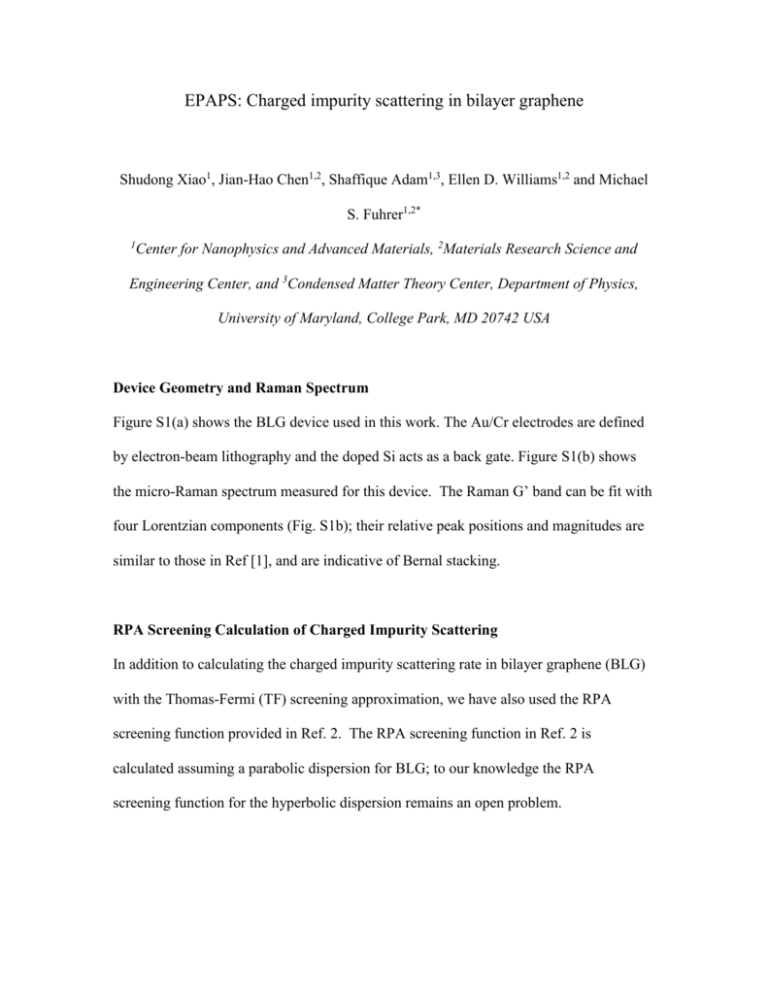
EPAPS: Charged impurity scattering in bilayer graphene Shudong Xiao1, Jian-Hao Chen1,2, Shaffique Adam1,3, Ellen D. Williams1,2 and Michael S. Fuhrer1,2* 1 Center for Nanophysics and Advanced Materials, 2Materials Research Science and Engineering Center, and 3Condensed Matter Theory Center, Department of Physics, University of Maryland, College Park, MD 20742 USA Device Geometry and Raman Spectrum Figure S1(a) shows the BLG device used in this work. The Au/Cr electrodes are defined by electron-beam lithography and the doped Si acts as a back gate. Figure S1(b) shows the micro-Raman spectrum measured for this device. The Raman G’ band can be fit with four Lorentzian components (Fig. S1b); their relative peak positions and magnitudes are similar to those in Ref [1], and are indicative of Bernal stacking. RPA Screening Calculation of Charged Impurity Scattering In addition to calculating the charged impurity scattering rate in bilayer graphene (BLG) with the Thomas-Fermi (TF) screening approximation, we have also used the RPA screening function provided in Ref. 2. The RPA screening function in Ref. 2 is calculated assuming a parabolic dispersion for BLG; to our knowledge the RPA screening function for the hyperbolic dispersion remains an open problem. Figure S2 shows C(Vg) = μnimp for BLG (solid squares) similar to Fig. 2b in main text. In addition to the calculations shown in main text and the experimental data, the calculation for RPA screening with d = 0 and d = 0.43 nm are shown. The calculated mobility is somewhat higher for the RPA screening function than the TF approximation. However, the differences between TF and RPA are similar in magnitude to the differences between d = 0 and d = 0.43, and between the parabolic and hyperbolic dispersion results for the TF calculation. [1] A. C. Ferrari, J. C. Meyer, V. Scardaci, C. Casiraghi, M. Lazzeri, F. Mauri, S. Piscanec, D. Jiang, K. S. Novoselov, S. Roth and A. K. Geim, Phys. Rev. Lett. 97, 187401 (2006). [2] E.H. Hwang and S. Das Sarma, Phys. Rev. Lett. 101, 156802 (2008). Figure S1 (a) Optical image of the bilayer graphene (BLG) device. Dark blue area is thick graphite ; red is the SiO2/Si substrate, yellow areas are Cr/Au electrodes. The light purple rectangle is the bilayer graphene. (b) G’ peak in micro-Raman spectrum acquired from the device area at 633 nm. Red dashed line is fit to four Lorentzian components; blue thin lines show the four individual components, numbers are relative offsets of each Lorentzian in cm-1. Figure S2. The experimental inverse slope C from Fig. 2(a) (main text) versus effective gate voltage (solid black squares). Also shown is a second set of data from a different sample measured in a two-probe configuration (solid black circles). Solid lines show the theoretical predictions for C within the Thomas-Fermi (TF) approximation and random phase approximation (RPA). Results are shown for a parabolic dispersion relation assuming complete screening (black line, open square), finite TF screening wavevector with impurity graphene distance d = 0 (red, open circle) and d = 0.43 nm (purple, open upward-pointing triangle), and RPA screening with d = 0 (red, open left-pointing triangle) and d = 0.43 nm (light blue, open right-pointing triangle). The green line (open downward-pointing triangle) shows the theoretical results for a hyberbolic dispersion relation with finite TF screening wavevector and d = 0.43 nm. The single-layer graphene value is also shown (blue dashed line) for comparison.
